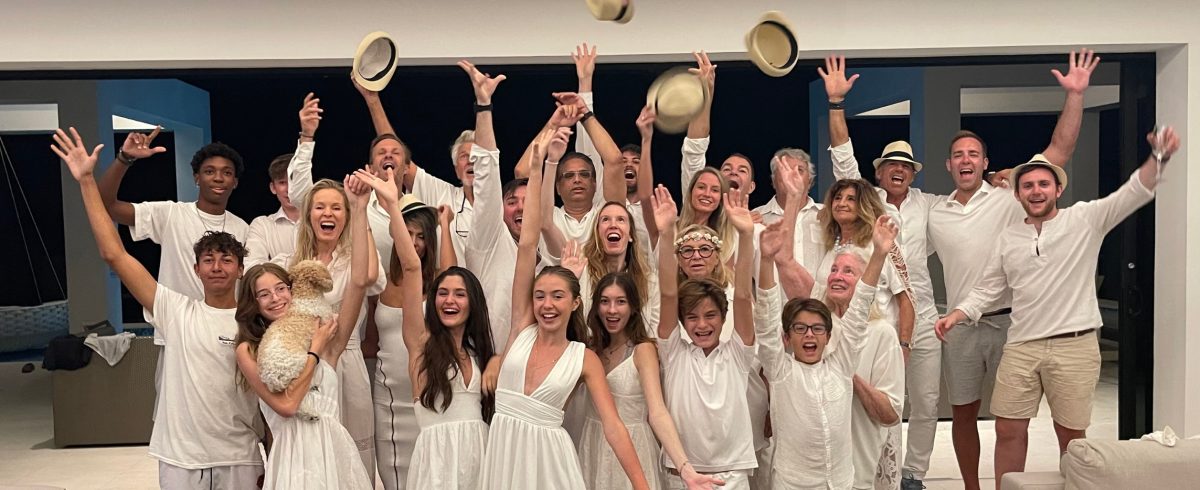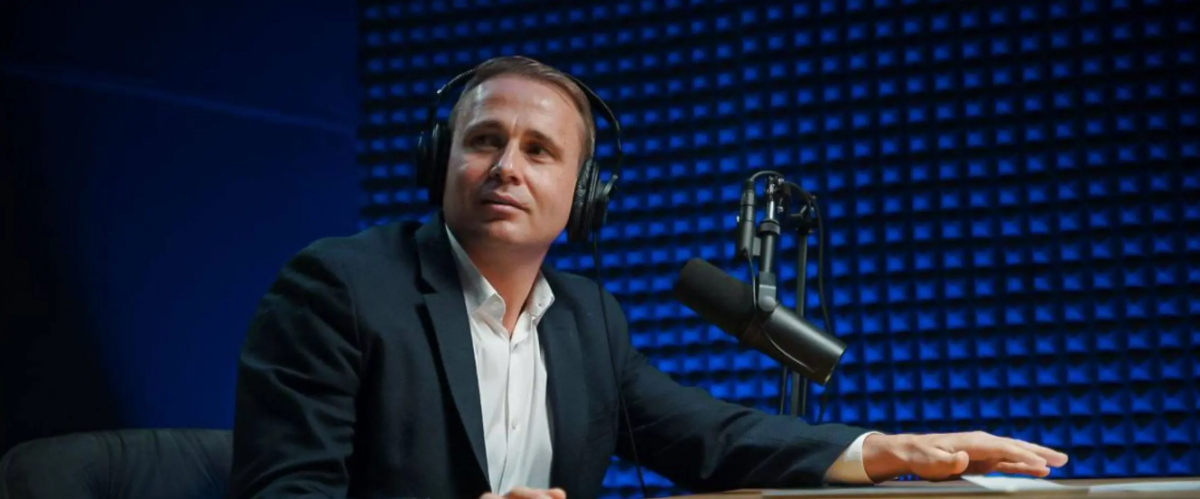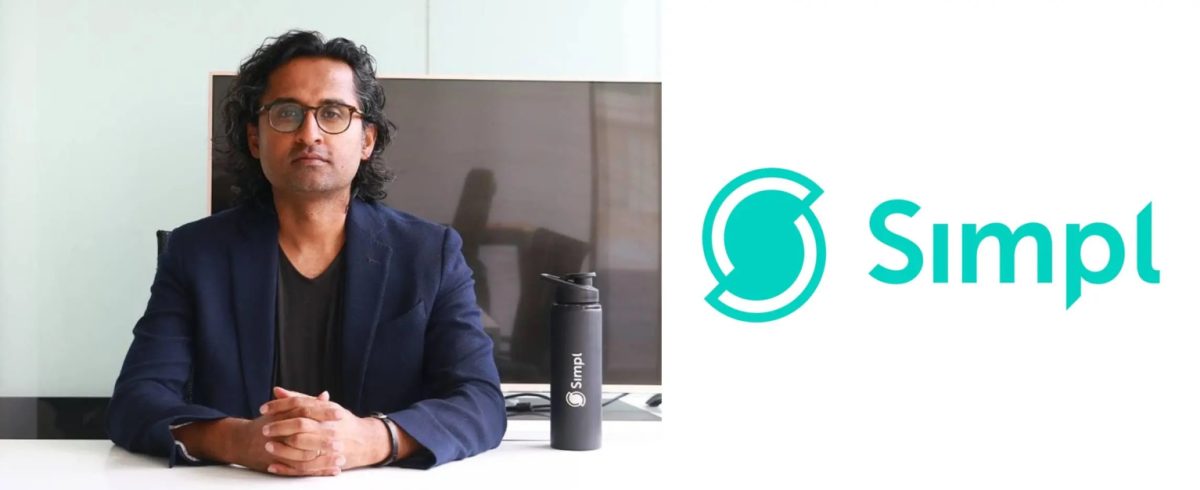Ho la fortuna di avere una famiglia fantastica che comprende sia la famiglia che ho sia la famiglia che ho scelto (amici fantastici che potrebbero essere la mia famiglia). Noi siamo il Grindaverse e io ho il privilegio di essere uno dei suoi membri. Trascorriamo il nostro tempo sostenendoci a vicenda e co-creando ricordi ed esperienze incredibili, pieni di risate, gioia e amore incondizionato.
Il 2022 continuava a ribadire l’importanza di questa famiglia e di non darla per scontata. Da marzo a giugno ho temporaneamente messo da parte la mia vita e mi sono trasferita a Nizza per aiutare mio padre a prepararsi e ad affrontare le cure per il cancro. Sono lieta di comunicare che grazie alla sua capacità di recupero, alla sua famiglia amorevole, ai suoi angeli custodi e alle meraviglie dell’immunoterapia, si è ripreso completamente.
Problemi di salute generali, piccoli e grandi, affliggevano i membri della mia famiglia. È stato un buon promemoria per essere presenti e passare del tempo con loro. Sono anche felice di riferire che stanno tutti meglio. Ho approfittato del tempo prolungato nella mia città natale a Nizza, la prima volta che lo facevo da anni, per trascorrere del tempo significativo con i miei amici e la mia famiglia nella regione.

Mentre eravamo lì, io e mio fratello Olivier abbiamo fatto due settimane di allenamento presso la Mouratoglou Tennis Academy di Sophia Antipolis: è stato divertente, stimolante e un ottimo momento di legame tra fratelli. Abbiamo anche partecipato ad alcuni tornei di padel e ne abbiamo anche vinto uno. Ci siamo anche divertiti a giocare e a finire Elden Ring insieme.

Ho anche avuto l’opportunità di legare con la famiglia di Kevin Ryan in Provenza. Questo è stato uno dei momenti più belli del mio anno ed è stato un momento di tregua incredibilmente necessario per affrontare i problemi di salute della mia famiglia. Sono molto grata di essere stata accolta dalla sua famiglia.

Prima del mio soggiorno in Francia, l’anno era iniziato incredibilmente bene. Avendo appena acquistato uno chalet a Revelstoke via FaceTime, come ho spiegato nel 2021: Best Year Ever!, ho trascorso lì i primi due mesi dell’anno. Ho ospitato innumerevoli compagni di sci, ho fatto eliski come un matto e ho anche ospitato il brainstorming biennale di FJ Labs.
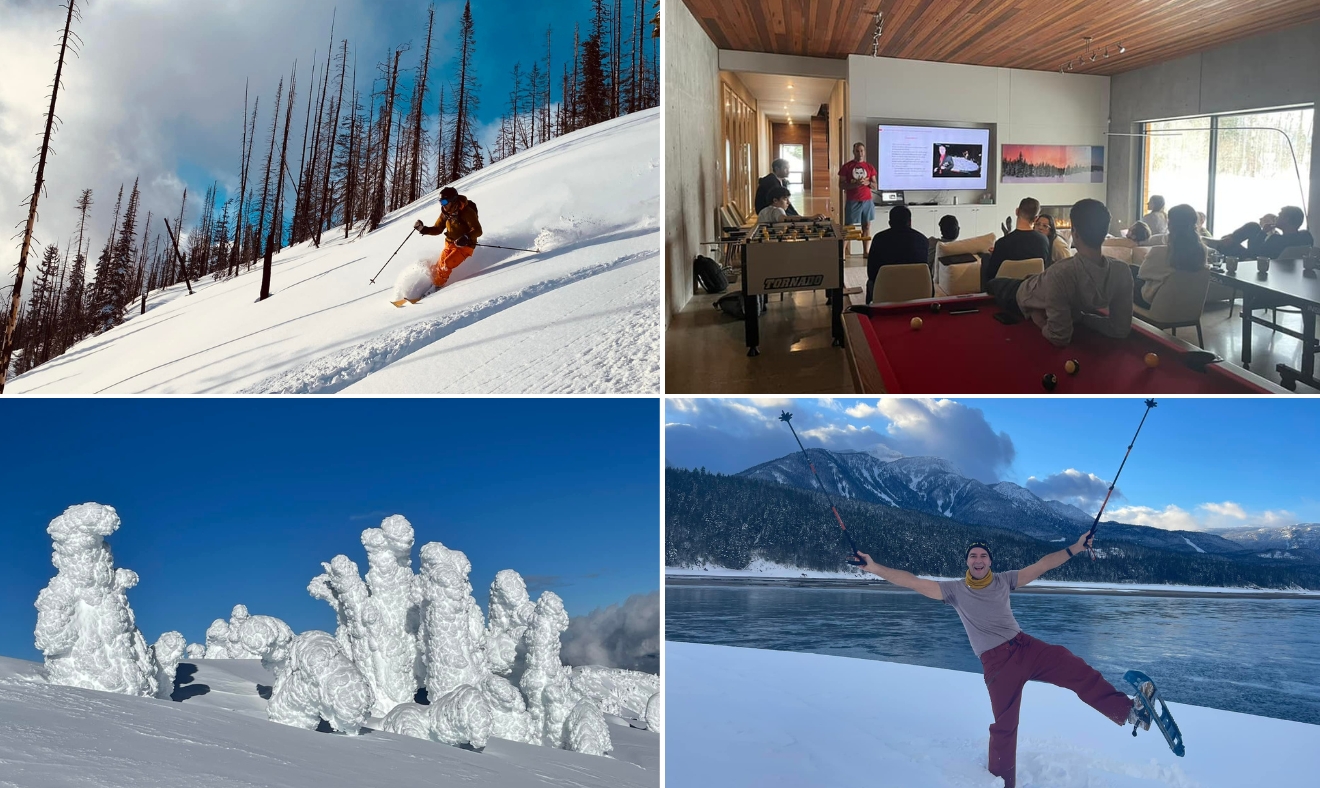
In seguito mi sono recato in Norvegia per allenarmi in vista della mia spedizione polare in Antartide del gennaio 2023. Kevin Ryan mi ha invitato a unirmi a lui per sponsorizzare INSPIRE 22, una spedizione di ricerca che trascorrerà più di 50 giorni tra i ghiacci dalla costa al polo, percorrendo 1.100 km da Hercules Inlet al Polo Sud. Stanno studiando l’impatto del sesso e della dieta in condizioni estreme. Come sponsor possiamo partecipare agli ultimi 10 giorni del viaggio.
Mi sono recato a Finse, in Norvegia, per allenarmi. Devo ammettere che è stato diverso da qualsiasi cosa avessi fatto prima. Sebbene abbia fatto molti addestramenti di sopravvivenza in climi tropicali, affrontare il freddo ha comportato una componente del tutto nuova. Ho dovuto acquistare una quantità spropositata di attrezzatura specializzata. Poi ho dovuto imparare a usarlo:
- Preparo il mio pulk (la slitta) con la tenda, il sacco a pelo, il cibo, le bombole di propano per sciogliere la neve e l’acqua e tutta l’attrezzatura.
- Tira il pulk da 130 libbre con sci speciali con mezze pelli.
- Monta una tenda rivolta verso il vento con i guanti in condizioni di -30.
- Sciogliere la neve per ottenere acqua potabile e cucinare pasti reidratati.
- In genere si tratta di affrontare il freddo e la neve in un ambiente poco familiare.

Mentre mi trovavo in questa regione ho deciso di fare un salto in Svezia per fare eliski a Niekhu. Durante il viaggio ho trascorso la notte nell’hotel di ghiaccio di Kiruna. A François sono piaciute entrambe le esperienze e ha avuto un debole per l’eliski, cantando e cantando più velocemente. Ha espresso il suo disappunto solo quando ho rallentato o mi sono fermato.

Non ho mai trascorso molto tempo in montagna in estate. Dato che ero già in Francia, ho deciso di visitare le splendide montagne di Saint Moritz e di fare canyoning nelle Gole del Verdon. Poi sono andato a Revelstoke per vedere cosa ne pensavo in estate. Mi è piaciuto molto e intendo tornarci ogni agosto. Si è trattato di un’avventura multisportiva della durata di un mese, che prevedeva escursioni in mountain bike, trekking, stand up paddle boarding e ATV in un ambiente splendido. Sembrava un campo di addestramento, ma mi sono divertita tantissimo.

Ero entusiasta del ritorno del Burning Man nel 2022 dopo una pausa di due anni. Quest’anno è stato speciale per me perché sono andato con mio fratello Olivier, per il quale era la prima volta. Mi è piaciuto molto mostrargli le corde, gironzolare tra le opere d’arte e, in generale, entrare in contatto con lui.

A settembre sono finalmente tornata nel mio appartamento di New York dopo anni di ristrutturazione a causa di danni causati dall’acqua. Sono felice di essermi lasciata tutto alle spalle e di essere finalmente a casa. L’appartamento si sente davvero come una casa e svolge un ruolo importante nel mio equilibrio tra lavoro e vita privata, permettendomi di bilanciare l’intensa vita intellettuale, sociale, professionale e artistica di New York con una vita più atletica e spirituale a Turks & Caicos e Revelstoke. È stato un vero piacere poter ospitare di nuovo i salotti intellettuali e ho avuto il privilegio di ospitare persone straordinarie come Daniel Kahneman, Joe Stiglitz e Nicholas Thompson. Con mio grande piacere, il padel è finalmente arrivato a New York. Ho trascorso innumerevoli ore alla Padel Haus, che si trova a 12 minuti da casa mia.

Sono tornato a Turks a novembre e dicembre, con un cast di personaggi a rotazione super divertenti, per fare kite, giocare a padel, a tennis e in generale essere allegri. Il Grindaverse ha iniziato ad arrivare il 10 dicembre con i miei genitori, lo zio, il fratello maggiore Chris e i cugini, per poi essere raggiunto da altri membri della famiglia con i bambini dal 16 dicembre in poi. Anche se è il terzo anno che lo facciamo, quest’anno è stato speciale. È così raro che con 30 persone non ci siano drammi, ma gratitudine e amore. Vedere tutti i partecipanti in salute e felici mi ha fatto bene e spero che l’anno prossimo ci siano ancora più membri del Grindaverse!
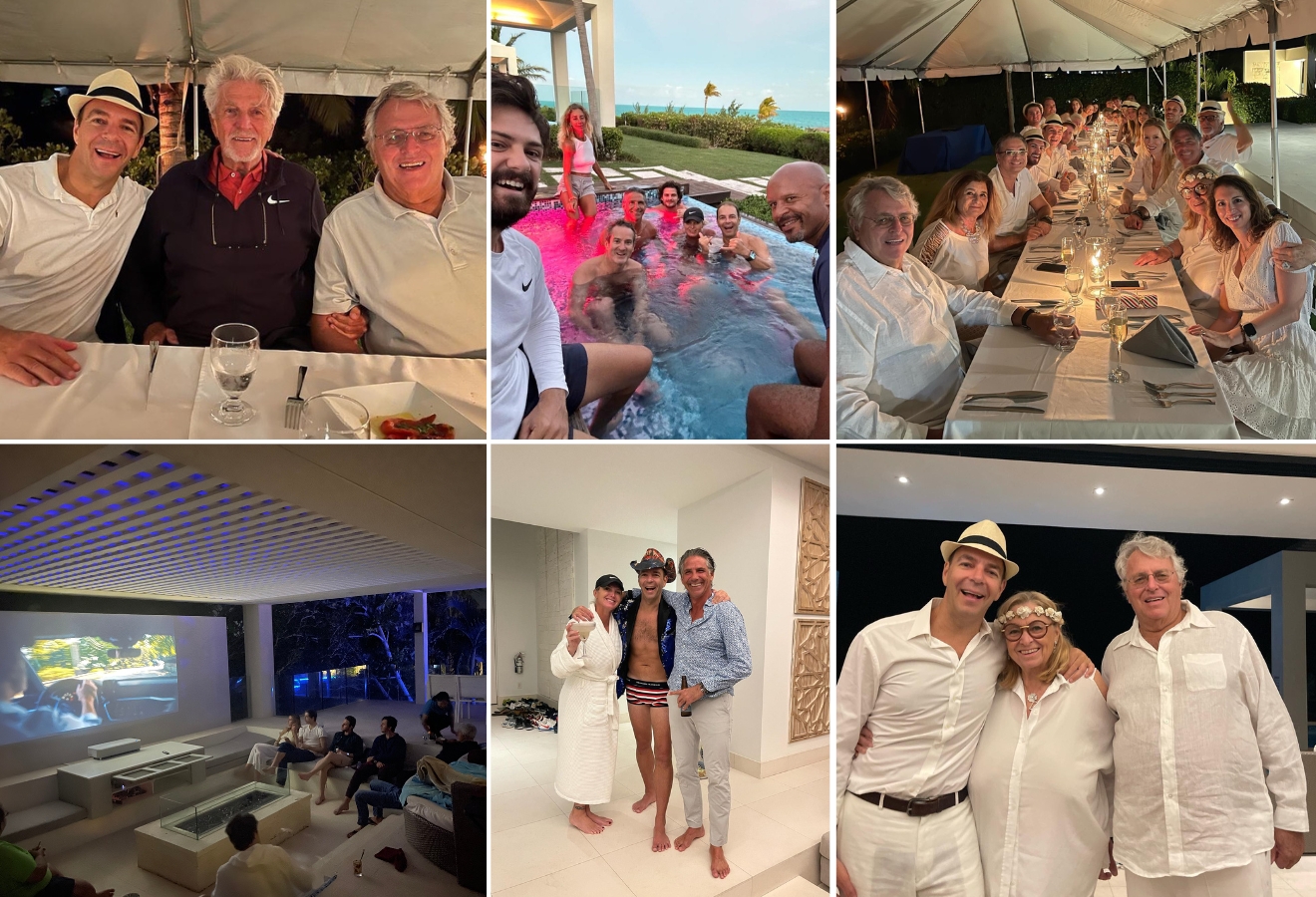
Non posso scrivere un post sull’importanza della famiglia senza menzionare quanto sia stato fantastico avere François nella mia vita e vederlo crescere. Ho pensato che non mi sarei goduta i primi due anni della sua vita perché non sarebbe stato molto interattivo. Niente potrebbe essere più lontano dalla verità. Sto amando ogni minuto di tutto questo: vederlo imparare a gattonare, muovere i primi passi, iniziare a correre come un matto, imparare nuove parole e concetti a un ritmo incredibile, tutto questo. È anche estremamente comunicativo ed espressivo ed è molto facile capire esattamente cosa vuole. Posso passare ore con lui solo facendo rotolare una macchina tra di noi o guardandolo giocare. Suppongo che aiuti anche il fatto che sembra che io abbia vinto la lotteria dei bambini. È incredibilmente amichevole, non piange mai, dorme tutta la notte ed è apparentemente sempre felice.

Dal punto di vista professionale, il 2022 continuò a essere straordinariamente occupato. Nel 2021 abbiamo correttamente intuito che si stava gonfiando una bolla e abbiamo trascorso gran parte di quell’anno a cercare opportunità di uscita. Nel 2022, mentre tutti gli altri si riducevano, abbiamo deciso di essere contrari e di investire in modo aggressivo.
Nel complesso, FJ Labs ha continuato a fare faville. Il 2022 è stato il nostro anno più prolifico di sempre. Il team è cresciuto fino a 32 persone, aggiungendo ruoli chiave come il responsabile delle relazioni con gli investitori e il responsabile del portafoglio. Abbiamo investito 100 milioni di dollari. Abbiamo effettuato 308 investimenti, di cui 182 per la prima volta e 126 di follow-on. Abbiamo avuto 33 uscite, di cui 16 hanno avuto successo, tra cui le vendite secondarie di Animoca e Clearco, e le acquisizioni di TCGPlayer da parte di eBay, Viajanet da parte di Despegar e AdoreMe da parte di Victoria’s Secret. AdoreMe è stata speciale per noi, perché è stata la prima azienda che abbiamo formalmente incubato ed è stata la genesi del nostro programma EIR (Entrepreneur in Residence).
Da quando io e Jose abbiamo iniziato a fare angel investing 24 anni fa, abbiamo investito in 989 aziende uniche, abbiamo avuto 266 uscite (comprese le uscite parziali) e attualmente abbiamo 749 investimenti attivi in aziende uniche. Abbiamo realizzato rendimenti del 39% di IRR e un multiplo medio del 4,0x. In totale, abbiamo investito 530 milioni di dollari, di cui 173 milioni sono stati forniti da me e da Jose.

Spesso mi sentivo ispirato a scrivere nel 2022. Mi sono concentrato sulle questioni macroeconomiche perché siamo entrati in un periodo in cui il macro ha prevalso sul micro. Ho anche scritto perché faccio molte delle cose che faccio. I miei articoli migliori sono stati:
Sono stata meno prolifica con Playing with Unicorns perché non avevo la mia attrezzatura per lo streaming mentre ero in Francia a prendermi cura di mio padre. Tuttavia, mi è piaciuto molto fare un’immersione profonda nell’ecosistema fintech indiano. Ho anche avuto un’affascinante conversazione con il mio amico Oskar Hartmann.
Come al solito, sono stata una lettrice molto prolifica. I miei libri preferiti sono stati:
- Eroe dei due mondi: Il Marchese di Lafayette nell’età della Rivoluzione
- Re, guerriero, mago, amante: Riscoprire gli archetipi del maschio maturo
Il mio piacere colpevole dell’anno è stata la serie di soap opera fantascientifica Backyard Starship.
Le mie previsioni per il 2022 sono state azzeccate o meno. Ho previsto correttamente che le valutazioni dei prodotti tecnologici in fase avanzata si sarebbero corrette e che la bolla degli NFT artistici sarebbe scoppiata. Pensavo che le criptovalute sarebbero state esposte all’ambiente macroeconomico statunitense e agli shock endogeni, ma mi preoccupavo di Tether piuttosto che di Terra e FTX.
Ho anche scontato la probabilità di una guerra in Ucraina. Ho scritto che “un incidente con la Cina su Taiwan o con la Russia sull’Ucraina, pur avendo una bassa probabilità, rimane una possibilità”, ma non pensavo che sarebbe accaduto.
Alla fine del 2021, mi sono chiesto se il fatto che il consenso fosse ribassista significasse che in realtà non saremmo stati in grado di controllare l’inflazione mantenendo bassa la disoccupazione. Tuttavia, nel corso dell’anno ho effettuato un hard pivot e ho concluso che il consenso non era sufficientemente ribassista. Come ho evidenziato in L’inverno sta arrivando, ci sono ora nove fattori che guidano il mio ribasso:
- I tassi possono essere più alti di quanto ci si aspetti per un periodo più lungo di quanto ci si aspetti.
- Il dollaro forte sta creando una crisi del debito sovrano nei mercati emergenti.
- Gli alti prezzi del gas naturale causeranno una recessione in Germania.
- Si profila una nuova crisi dell’euro.
- C’è una crisi bancaria all’orizzonte.
- I prezzi degli immobili stanno per crollare.
- Il continuo conflitto in Ucraina e Russia manterrà alti i prezzi di grano, gas e petrolio.
- La Cina non è più una forza di crescita economica e di disinflazione.
- Il rischio geopolitico è strutturalmente più elevato
Uno qualsiasi di questi nove fattori sarebbe sufficiente a creare una recessione globale. Ciò che mi preoccupa è che si stanno verificando e svolgendo tutti contemporaneamente, il che suggerisce che potrebbe verificarsi una replica della Grande Recessione del 2007-2008.
In genere sono la persona più ottimista della stanza e non ero così ribassista dal 2006. Continuo a ragionare in termini probabilistici, ma ora penso che la probabilità di una grave recessione prevalga sulla probabilità di una recessione lieve, che a sua volta prevale su qualsiasi risultato ottimistico.
Per completezza, vale la pena menzionare gli elementi che mi farebbero rivalutare la mia ponderazione delle probabilità verso esiti più ottimistici. Se il conflitto tra Ucraina e Russia si concludesse definitivamente, con un’inflazione domata, diventerei molto più ottimista.
Sono anche estremamente ribassista sulle criptovalute nel breve termine. Sebbene il 2022 sia stato un annus horribilis, diverse spade di Damocle pendono ancora sulla crittografia:
- Il potenziale fallimento di Genesis e le sue ramificazioni su DCG e GBTC.
- La redditività di Binance a livello normativo o economico.
- Continuano le preoccupazioni per Tether.
Rimaniamo estremamente ottimisti sul potenziale della tecnologia blockchain, ma aspettiamo di fare chiarezza su alcune delle questioni sopra citate e che il quadro macro si stabilizzi prima di entrare in modo più aggressivo nel mercato. Siamo usciti correttamente dalla maggior parte delle nostre posizioni tra novembre 2021 e gennaio 2022 e ora abbiamo il 96% di liquidità sulla nostra strategia cripto. Sospetto che rientreremo quando alcune delle mie preoccupazioni si saranno esaurite, i tassi di interesse inizieranno a diminuire e quando ci avvicineremo al prossimo dimezzamento del BTC a metà del 2024.
Nonostante il mio generale ribassismo macro, sono estremamente rialzista sulle startup in fase iniziale. Le valutazioni sono ragionevoli. I fondatori si concentrano sull’economia delle loro unità. Stanno limitando il cash burn per non dover andare sul mercato per almeno due anni. Le startup hanno costi di acquisizione dei clienti più bassi e una concorrenza molto minore. Anche se le uscite saranno ritardate e i multipli di uscita più bassi rispetto agli anni passati, questo dovrebbe essere compensato da prezzi di ingresso più bassi e dal fatto che i vincitori si aggiudicheranno l’intera categoria.
La macroeconomia che conta per queste startup è quella dei prossimi 6-8 anni, quando cercheranno di uscire, piuttosto che l’ambiente attuale. Per ora, tutto ciò che conta è che raccolgano abbastanza denaro e che crescano abbastanza per ottenere la prossima raccolta di fondi.
È vantaggioso essere contrari e investire quando tutti gli altri si stanno ritirando. I migliori investimenti in startup dell’ultimo decennio sono stati effettuati tra il 2008 e il 2011 (Uber, Airbnb, Whatsapp, Instagram) e sospetto che gli investimenti più interessanti del 2020 saranno effettuati tra il 2022 e il 2024.
Inoltre, siamo ancora all’inizio della rivoluzione tecnologica. Sono entusiasta del fatto che siamo in grado di far valere il potere deflazionistico della tecnologia in categorie finora non toccate dalla rivoluzione tecnologica: B2B, istruzione, assistenza sanitaria e servizi pubblici, continuando a rendere le energie rinnovabili più economiche e praticabili per affrontare la crisi climatica.
Sono estremamente grato per l’anno che ho trascorso. Sono felicissima che tutti i membri della mia famiglia siano in salute e che io abbia potuto vivere avventure incredibili, fare un lavoro significativo e riunire il Grindaverse per le vacanze.
Sono entusiasta per il 2023. L’anno dovrebbe iniziare con il botto, visto che mi imbarcherò per il mio viaggio al Polo Sud, che comporterà una totale disconnessione dal mondo per due settimane, cosa che non ho mai fatto in vita mia. Mi aspetto che sia una sfida fisica, un risveglio spirituale, un’esperienza straordinaria da trascorrere da solo con i miei pensieri e un’esperienza di unione con i miei compagni di squadra. Inoltre, ho intenzione di portare mia madre al Burning Man, che sono convinto le piacerà molto. Devo solo costruire un’auto d’arte adeguata per portarla in giro. Non vedo l’ora di vivere altre folli avventure con François. Al momento sto pensando di trovare un modo per attaccarlo alla mia schiena mentre faccio kitesurf, cosa che sono sicura farà inorridire sua nonna. Oltre a questo, ho intenzione di imparare il wingfoil. Spero anche che il Grindaverse si arricchisca di almeno un nuovo membro, perché spero di poter finalmente accogliere in famiglia Angel, un pastore tedesco bianco, nella primavera del 2023.
L’anno dovrebbe concludersi con un’altra riunione di famiglia. Questa volta il mio soggiorno turco non sarà abbreviato da un’avventura polare. Terrò Triton fino a gennaio, il che dovrebbe permettere a più membri della famiglia con bambini di fare il viaggio dall’Europa. Non vedo l’ora di poterli intrattenere con un filmato sulla storia della famiglia. Olivier e io abbiamo commissionato il film come regalo alla famiglia. Il film presenterà i nostri antenati più importanti, oltre a essere una lettera d’amore ai nostri genitori, a nostro fratello Christopher e alla famiglia in generale. Il progetto celebra i loro contributi ed è un modo per esprimere la nostra gratitudine per il ruolo che hanno avuto nell’aiutarci a diventare gli uomini che siamo diventati.
Brindiamo a un fantastico 2023. Buon anno!
